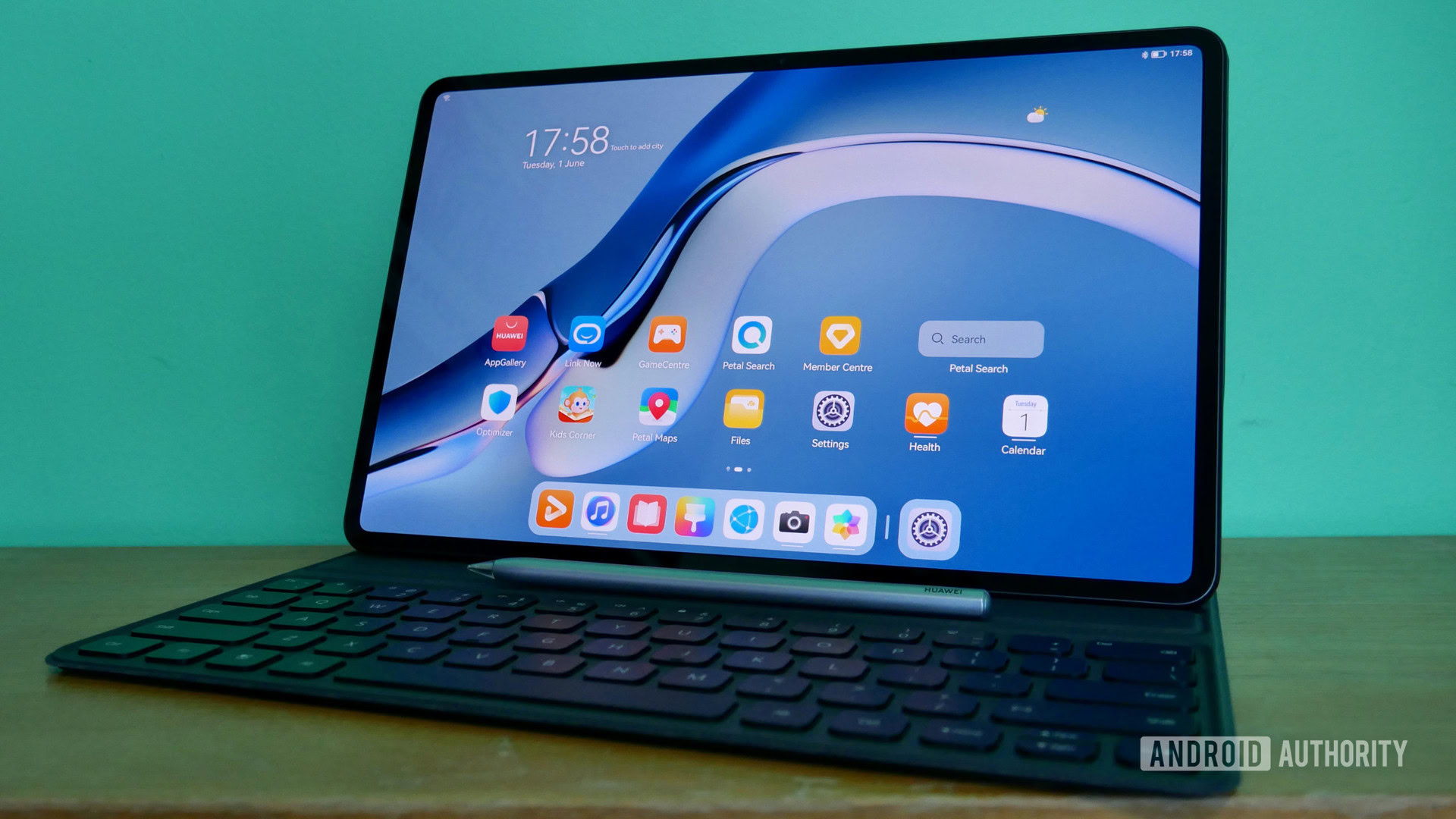Affiliate links on Android Authority may earn us a commission. Learn more.
Harmony OS 2.0 includes Android Q's easter egg app (Updated: HUAWEI responds)
June 2, 2021

- Huawei’s Harmony OS 2.0 has many similarities to Android 10.
- This includes the presence of the Android Q easter egg in the list of installed apps.
- HUAWEI says it’s used “a large number of third-party open-source resources” to develop the platform.
Update: June 7, 2021 (2:13 PM ET): HUAWEI has come back to us following the publication of this story, disputing suggestions that Harmony OS is an Android fork.
HarmonyOS 2 is a commercial version developed by HUAWEI based on the open-source project OpenHarmony 2.0 for smart devices used in different scenarios and inherits HUAWEI’s differentiating capabilities and proprietary technologies from EMUI.
“In order to protect existing mobile phone and tablet users’ digital assets, HarmonyOS 2 currently allows existing Android apps to run on some HarmonyOS 2 devices, and HUAWEI has abided by the relevant open source licensing rules. Android apps that have integrated HMS Core can continue to function on HarmonyOS,” the company added in an emailed response to Android Authority.
Original article: June 2, 2021 (9:23 AM ET): This year, we first heard that HUAWEI’s Harmony OS 2.0 developer preview had a ton in common with Android 10. It all suggested HUAWEI’s new platform was actually just Android with EMUI and a few tweaks.
Now, Huawei has officially launched new MatePad tablets, and they’re the first Harmony OS products in global markets. Unfortunately, it looks like those expecting a brand-new platform will be disappointed. We got our hands on the new MatePad Pro, and it seems like there are numerous visual and feature similarities to Android 10 (Q).
One bizarre similarity is that the Harmony OS-toting tablet has the Android Q easter egg app installed. Check out the original Android-toting MatePad screenshots in the first two images, compared to the Harmony OS device.
Taken together with the functional and visual similarities, it’s hard not to argue that it’s a major Android fork at best rather than an entirely new platform as currently claimed. So what does HUAWEI make of this?
We asked the manufacturer about the similarities to Android (including the presence of the easter egg app) and to confirm the software running on the tablet. The manufacturer reiterated that it was indeed running Harmony OS 2.0.
“While ensuring all applicable open-source rules are strictly adhered to, Harmony OS has taken advantage of a large number of third-party open-source resources, including Linux, to accelerate the development of a comprehensive architecture,” the company told Android Authority via an emailed response.
This wouldn’t be the first time we’ve seen mobile platforms adopt underlying Android frameworks, with the now-defunct BlackBerry 10 offering the Android Runtime in order to run Android apps. But it definitely seems like Harmony OS is closer to Android, if not actually being an Android fork.
What does it actually bring to the table?
Nevertheless, the new platform offers a couple of interesting features, such as Super Device functionality for easier device pairing. This offers a new circular UI, featuring the host device in the middle and other HUAWEI smart devices around it. Users need to swipe the smart device to the host device to pair them. Check out the screenshot above for a better idea of how it works.
The company’s platform also boasts more examples of cross-device functionality, such as the ability to view apps running on both your tablet and smartphone on one device’s recent apps menu. You can also swipe a running app from one Harmony OS device to another if that tickles your fancy.
Furthermore, the company is touting a “collaborative authentication” feature that allows you to use data from two devices to unlock your phone. The firm gives the example of using face unlock on your phone in conjunction with unspecified data from your smartwatch.
Do you care if Harmony OS is based on Android or not? Let us know via the comments section.
Thank you for being part of our community. Read our Comment Policy before posting.
